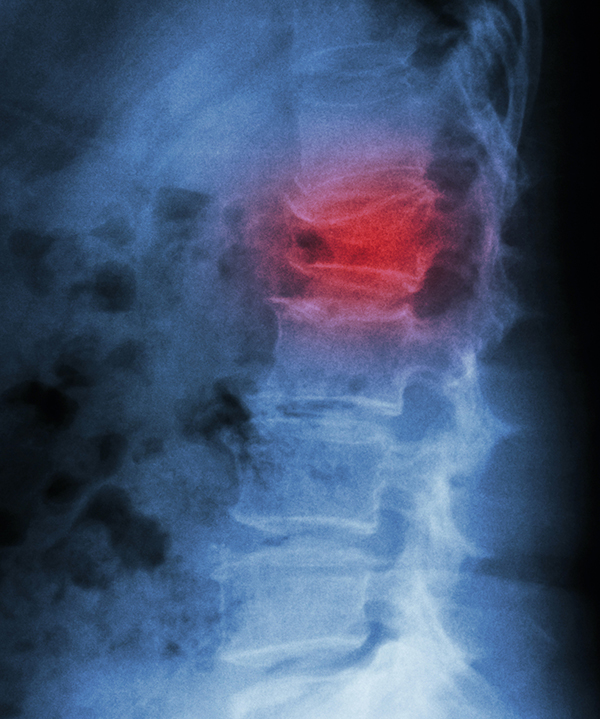
Spine Trauma

Spine fractures caused by trauma from car accidents, falls, sports injuries, or blows to the vertebrae can occur anywhere along the spine – from the cervical spine (neck) to the lumbar spine (lower back) and sacrum (bottom of the spinal column).
The first sign of a spine fracture is usually pain. However, if the spinal cord itself has been injured, signs can also include weakness, paralysis, and lack of sensation.
Treatment
The goal in treating spine trauma is to realign the fractures and keep them in alignment until the bones have healed. Less traumatic fractures often respond well to external bracing. Other fractures may require surgical stabilization with implanted screws, hooks, connecting rods, or surgical fusion.
For patients who suffer neurologic injury, surgery is usually necessary in order to remove any bone or disc material that may be compressing the spinal cord and to stabilize the spine to minimize additional trauma.
Age Group
More than half of people with a traumatic spine injury are between 16-30 years old.
Auto Accidents
Moving vehicle accidents account for the majority of traumatic spine injuries.
Falls
People falling from places such as roofs is the second leading cause.
Violence
People falling from places such as roofs is the second leading cause.



